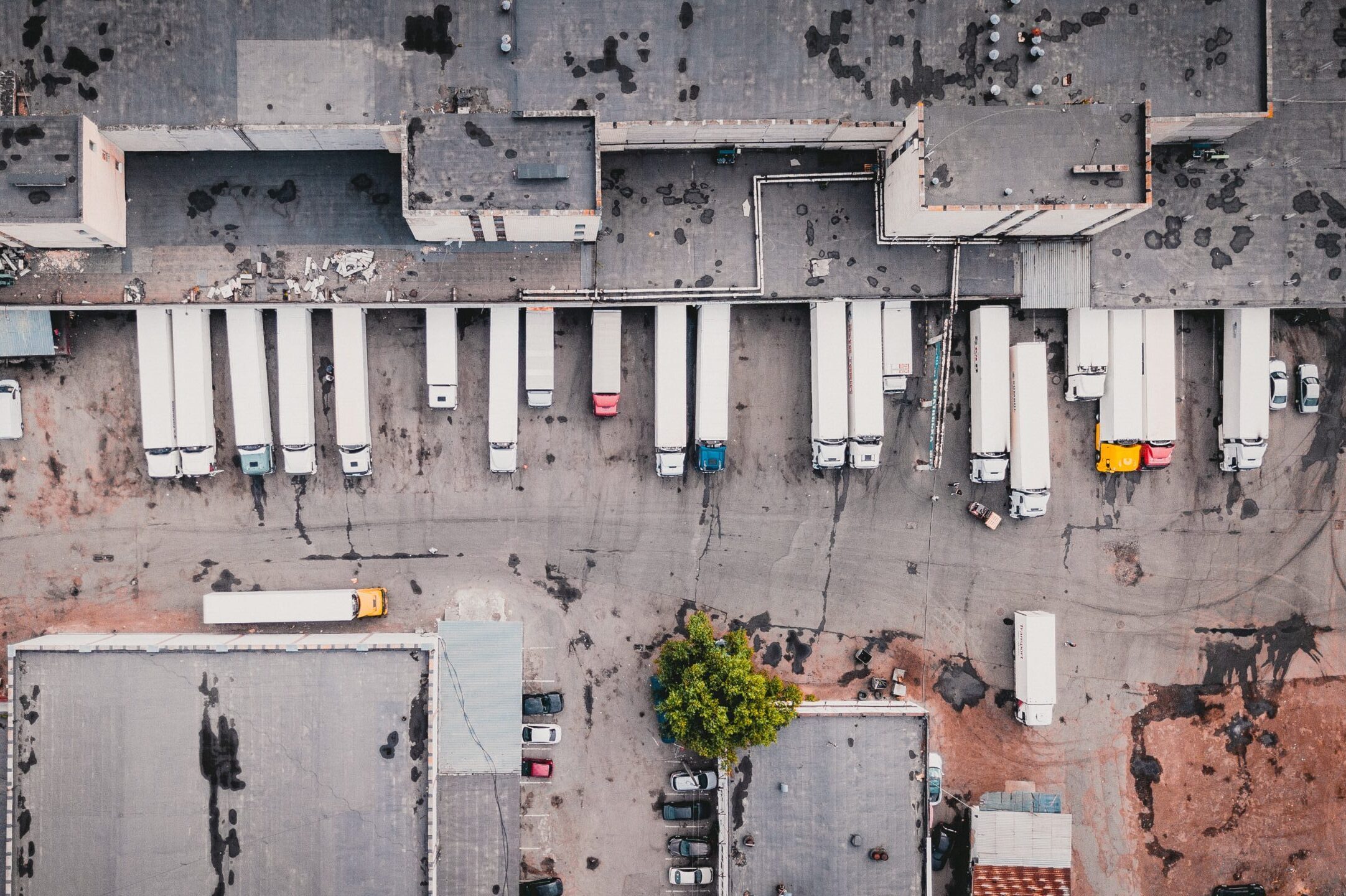As part of my morning ritual, I often listen to a thought-provoking podcast focused on the business of Big Tech, social change, and market trends. One of the commentators has often described the impact of COVID-19 as an accelerator of disruption. Clearly, this assessment can be extended to the fast-moving innovations of the chemical supply chain, and indeed, supply chains in general. So what is our crystal ball telling us as we approach 2021?
Surprisingly, there is consensus between market watchers on the 2021 trends that will ignite the supply chain. In a comprehensive review, Astrid Eida cites numerous predictions expected to become mainstay in 2021. From a technology perspective, priorities include capturing data and developing predictive analytics, end-to-end IoT, and cloud computing. With more businesses adopting circular economy-based materials models, supply chains will soon be replaced. This will allow companies to deal with rising raw material costs and their volatile availability, opting instead to break down products and turn them back into their raw materials.
In the modern supply chain, it is not enough to simply have a lean process. Supply chains need to be flexible and responsive to external influences. As a result, executives expect to see a rise in the adoption of a flexible approach, known as elastic logistics. This approach allows organisations to easily expand or shrink to accommodate the demand. In other models, corporations are looking at ScaaS (supply chain as a service), reducing their in-house activities and outsourcing manufacturing, logistics, and management of inventory. The use of artificial intelligence will further strengthen operations to adjust with minimal disruption.
And robotics? Automation continues to play a transformational role to support supply chain efficiencies. Between robots and complementary warehouse management software, companies can expect to see measurable improvements in productivity and augment human activity.
Lastly, transparency and visibility is expected to become front and center to both consumers and corporations. Blockchain may become more widespread as research suggests that blockchain can save $31 billion by 2024 for the food and beverage industry alone. In the coming year, we can expect to see wider adoption of blockchain technology across the supply chain through promotion of extended visibility and operational effectiveness.With COVID-19 as a disruption accelerator, companies will need to pivot to address expected supply chain challenges. At Match Point Strategies, we help our clients adjust to rapidly changing business environments. Drop us a note to see how we can help you!




